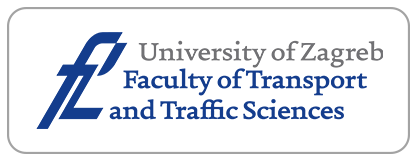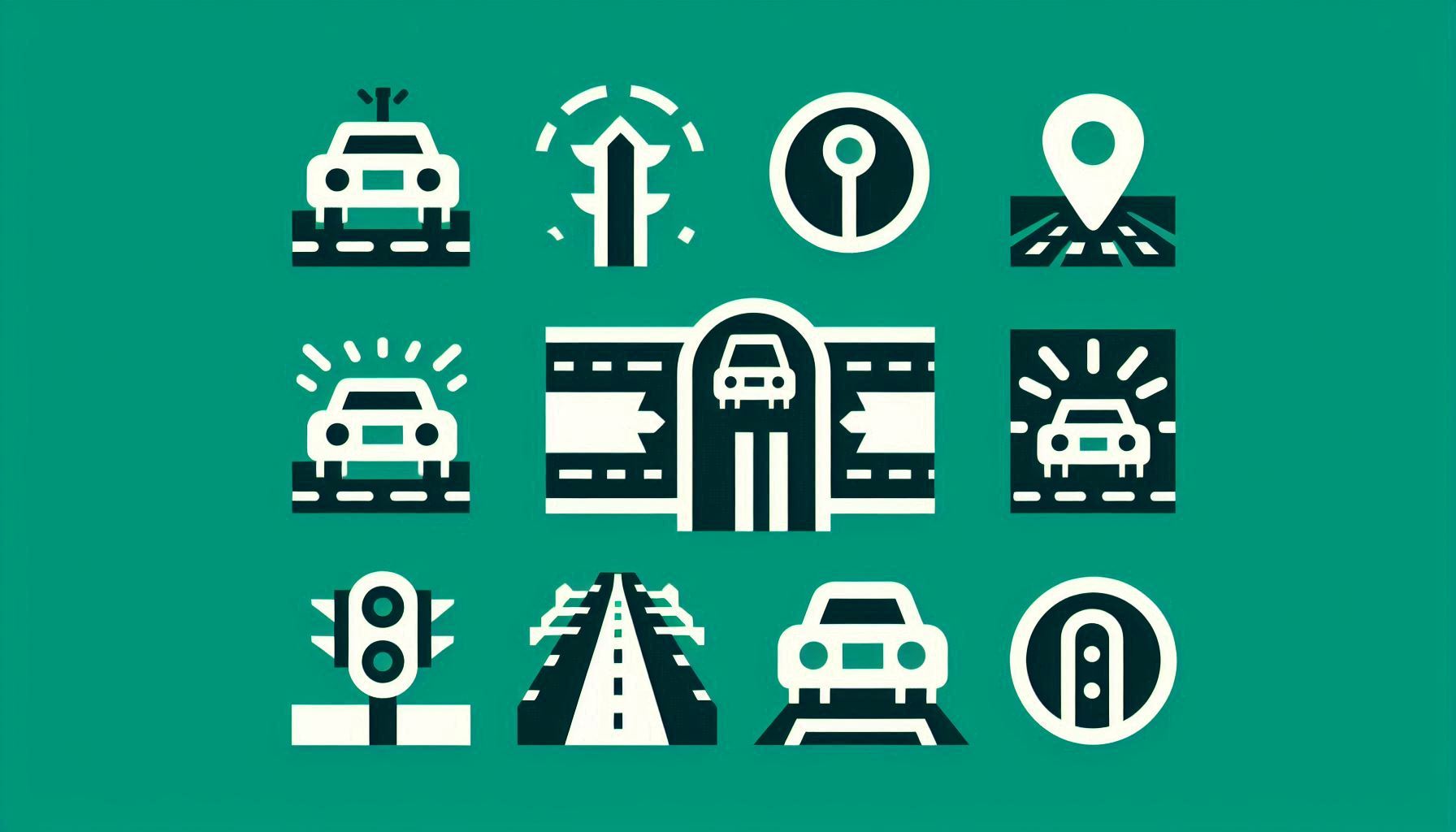A Discrete-Event Simulation System for Estimating Passenger Flow in Urban Rail Transit

Downloads
Establishing simulation models is a widely used and effective approach for analysing passenger flow distribution in urban rail transit systems. Recently, multi-agent and discrete event-based simulation models have shown exceptional performance in studying passenger flow information within urban rail transit systems. While simulations of passengers and trains often yield satisfactory results, few models capture the overall operational status of urban rail transit systems. The complex interactions among stations, trains and passengers make it challenging to integrate these elements into a unified system framework. In this paper, we introduce a triple simulation framework that integrates stations, trains and passengers as foundational elements to comprehensively simulate the entire urban rail transit system and observe overall passenger flow distribution. Experimental results demonstrate that our system surpasses existing advanced simulation models, achieving an accuracy rate of 88.44% with a tolerance for a 30% deviation. To further illustrate the effectiveness of our framework in analysing passenger flows, we conducted experiments using the Nanjing Metro AFC dataset, analysing passenger flow distributions at stations and on trains.
Downloads
Bao X. Urban rail transit present situation and future development trends in China: Overall analysis based on national policies and strategic plans in 2016-2020. Urban Rail Transit. 2018;4(1):1-12.DOI:10.1007/s40864-018-0078-4.
Sun X, et al. Sustainable development of urban rail transit resources development. Journal of Theory and Practice of Engineering Science. 2023;3(11):1-6. DOI:10.53469/jtpes.2023.03(11).01.
Wu Q, Qi Z, Chen M. Application of simulation technology in passenger flow organization of urban rail transit station channels. Proceedings of the 6th International Conference on Computer Science and Application Engineering 2022, 21 - 23 October. 2022, New York,USA. 2022. pp. 1-6. DOI: 10.1145/3565387.3565442.
Zhang Q, Han B, Li D. Modeling and simulation of passenger alighting and boarding movement in Beijing metro stations. Transportation Research Part C: Emerging Technologies. 2008;16(5):635-649. DOI: 10.1016/j.trc.2007.12.001.
Zhang ST, Chen YC. Simulation for influence of train failure on railway traffic flow and research on train operation adjusting strategies using cellular automata. Physica A: Statistical Mechanics and its Applications. 2011;390(21-22):3710-3718. DOI: 10.1016/j.physa.2011.06.010.
Shakibayifar M, Sheikholeslami A, Corman F. A simulation-based optimization approach to reschedule train traffic in uncertain conditions during disruptions. Scientia Iranica. 2018;25(2):646-662. DOI: 10.24200/SCI.2017.4186.
Altazin E, et al. A multi-objective optimization-simulation approach for real time rescheduling in dense railway systems. European Journal of Operational Research. 2020;286(2):662-672. DOI: 10.1016/j.ejor.2020.03.034.
Hassannayebi E, et al. Simulation-optimization framework for train rescheduling in rapid rail transit. Transportmetrica B: Transport Dynamics. 2021;9(1):343-375. DOI: 10.1080/21680566.2020.1854896.
Su G, et al. Simulation-based method for the calculation of passenger flow distribution in an urban rail transit network under interruption. Urban Rail Transit. 2023;9(2):110-126. DOI: 10.1007/s40864-023-00188-z.
Hänseler FS, Bierlaire M, Scarinci R. Assessing the usage and level-of-service of pedestrian facilities in train stations: a Swiss case study. Transportation Research Part A: Policy and Practice. 2016;89:106-123. DOI: 0.1016/j.tra.2016.05.010.
Tang Y, et al. Modeling and optimizing a fare incentive strategy to manage queuing and crowding in mass transit systems. Transportation Research Part B: Methodological. 2020;138:247-267. DOI: 10.1016/j.trb.2020.05.006.
Zhang Q, et al. Modeling and simulation of passenger alighting and boarding movement in Beijing metro stations. Transportation Research Part C: Emerging Technologies. 2008;16(5):635-649. DOI: 10.1016/j.trc.2007.12.001.
Qu Y, et al. Modeling pedestrian behaviors of boarding and alighting dynamics in urban railway stations. Transport-metrica A: Transport Science. 2023;19(1):2035845. DOI: 10.1080/23249935.2022.2035845.
Zheng, X, et al. Improved social force model based on exit selection for microscopic pedestrian simulation in subway station. Journal of Central South University. 2015;22(11):4490-4497. DOI: 10.1007/s11771-015-2997-5.
Zhang H, et al. A simulation and machine learning based optimization method for integrated pedestrian facilities planning and staff assignment problem in the multi-mode rail transit transfer station. Simulation Modelling Practice and Theory. 2022;115:102449. DOI: 10.1016/j.simpat.2021.102449.
Xu XM, Li KP, Yang LX. Discrete event model-based simulation for train movement on a single-line railway. Chinese Physics B. 2014;23(8):080205. DOI: 10.1088/1674-1056/23/8/080205.
Chen S, et al. A multi-agent-based approach for the impacts analysis of passenger flow on platforms in metro stations considering train operations. Transport. 2018;33(3):821-834. DOI: 10.3846/transport.2018.5663.
Lei Y, et al. Optimizing total passenger waiting time in an urban rail network: A passenger flow guidance strategy based on a multi-agent simulation approach. Simulation Modelling Practice and Theory. 2022;117:102510. DOI: 10.1016/j.simpat.2022.102510.
Zhang H, et al. A hybrid framework for synchronized passenger and train traffic simulation in an urban rail transit network. International Journal of Rail Transportation. 2023;11(6):912-941. DOI: 10.1080/23248378.2022.2109522.
Li W, et al. Estimate passengers’ walking and waiting time in metro station using smart card data (SCD). IEEE Access. 2020;8:11074-11083. DOI: 10.1109/ACCESS.2020.2965155.
Vankdoth SR, Arock M. Deep intelligent transportation system for travel time estimation on spatio-temporal data. Neural Computing and Applications. 2023;35(26):19117-19129. DOI: 10.1007/s00521-023-08726-3.
Zhu W, et al. Calibrating travel time thresholds with cluster analysis and AFC data for passenger reasonable route generation on an urban rail transit network. Transportation. 2020;47:3069-3090. DOI: 10.1007/s11116-019-10040-8.
Xu X, et al. Learning the route choice behavior of subway passengers from AFC data. Expert Systems with Applications. 2018;95:324-332. DOI: 10.1016/j.eswa.2017.11.043.
Zou L, Hu S, Zhu L. Based on AFC data calculation of walking time in metro stations considering the impact of passenger flows. Sustainability. 2023;15(8):6660. DOI: 10.3390/su15086660.
Zhang J, et al. Network-wide link travel time and station waiting time estimation using automatic fare collection data: A computational graph approach. IEEE Transactions on Intelligent Transportation Systems. 2022;23(11):21034-21049. DOI: 10.1109/TITS.2022.3181381.
Lei Y, et al. Optimizing total passenger waiting time in an urban rail network: A passenger flow guidance Strategy Based on a Multi-Agent Simulation Approach. Simulation Modelling Practice and Theory. 2022;117:102510. DOI: 10.1016/j.simpat.2022.102510.
Liao W, Kemloh Wagoum AU, Bode NWF. Route choice in pedestrians: determinants for initial choices and revising decisions. Journal of the Royal Society Interface. 2017;14(127):20160684. DOI: 10.1098/rsif.2016.0684.
Song T, Schonfeld P, Pu H. A review of alignment optimization research for roads, railways and rail transit lines. IEEE Transactions on Intelligent Transportation Systems. 2023;24(5):4738-4757. DOI: 10.1109/TITS.2023.3235685.
Mo B, Ma Z, Koutsopoulos HN. Ex post path choice estimation for urban rail systems using smart card data: An aggregated time-space hypernetwork approach. Transportation Science. 2023;57(2):313-335. DOI: 10.1287/trsc.2022.1177.
Yuan F, et al. Passenger flow control strategies for urban rail transit networks. Applied Mathematical Modelling. 2020;82:168-188. DOI: 10.1016/j.apm.2020.01.041.
Chen Z, et al. Real-time optimization for train regulation and stop-skipping adjustment strategy of urban rail transit lines. Omega. 2022;110:102631. DOI: 10.1016/j.omega.2022.102631.
Copyright (c) 2025 Suxiao CHEN, Guangjie LIU, Shen GAO, Jiming LI, Juan WU

This work is licensed under a Creative Commons Attribution-NonCommercial 4.0 International License.




















